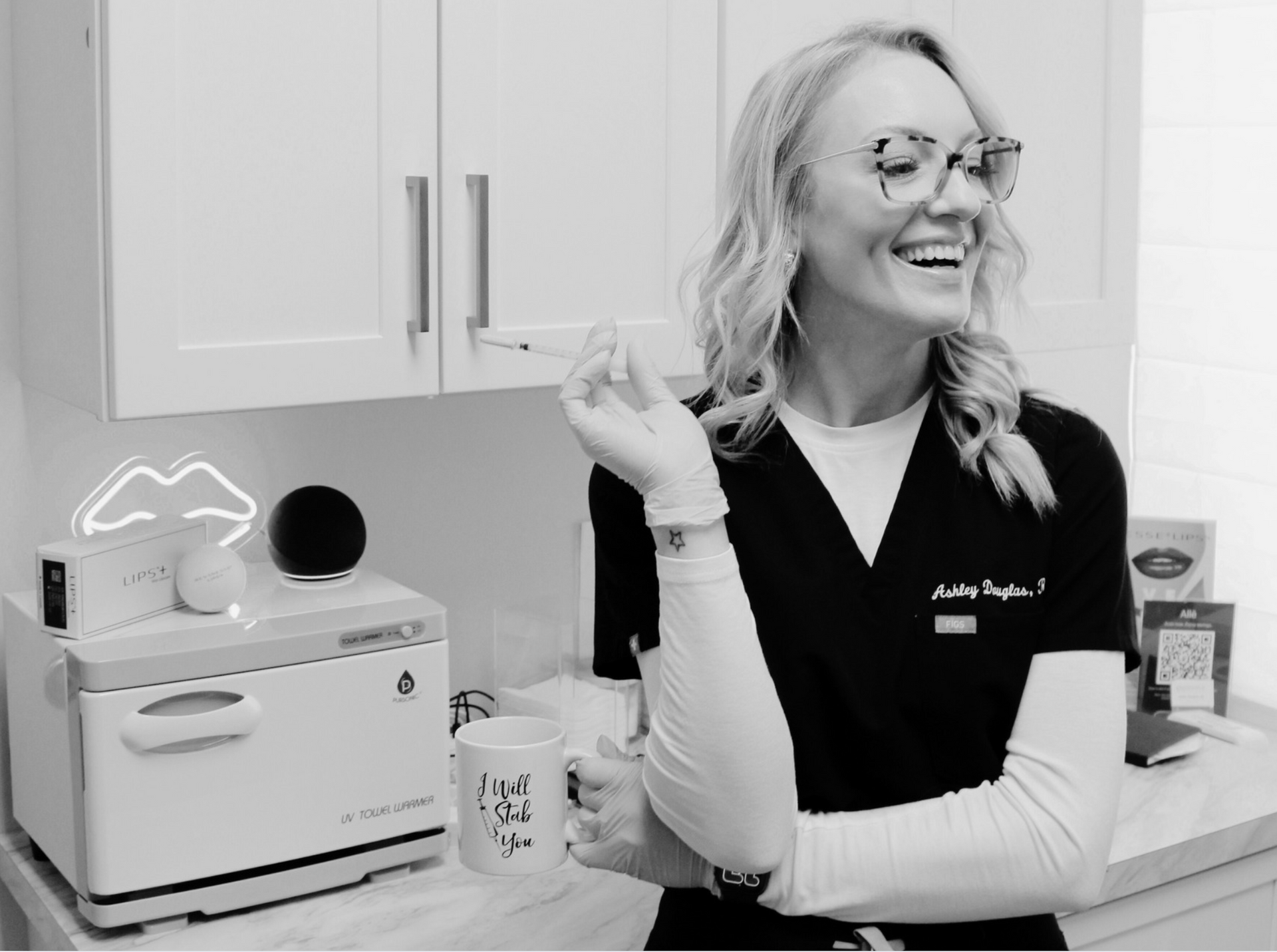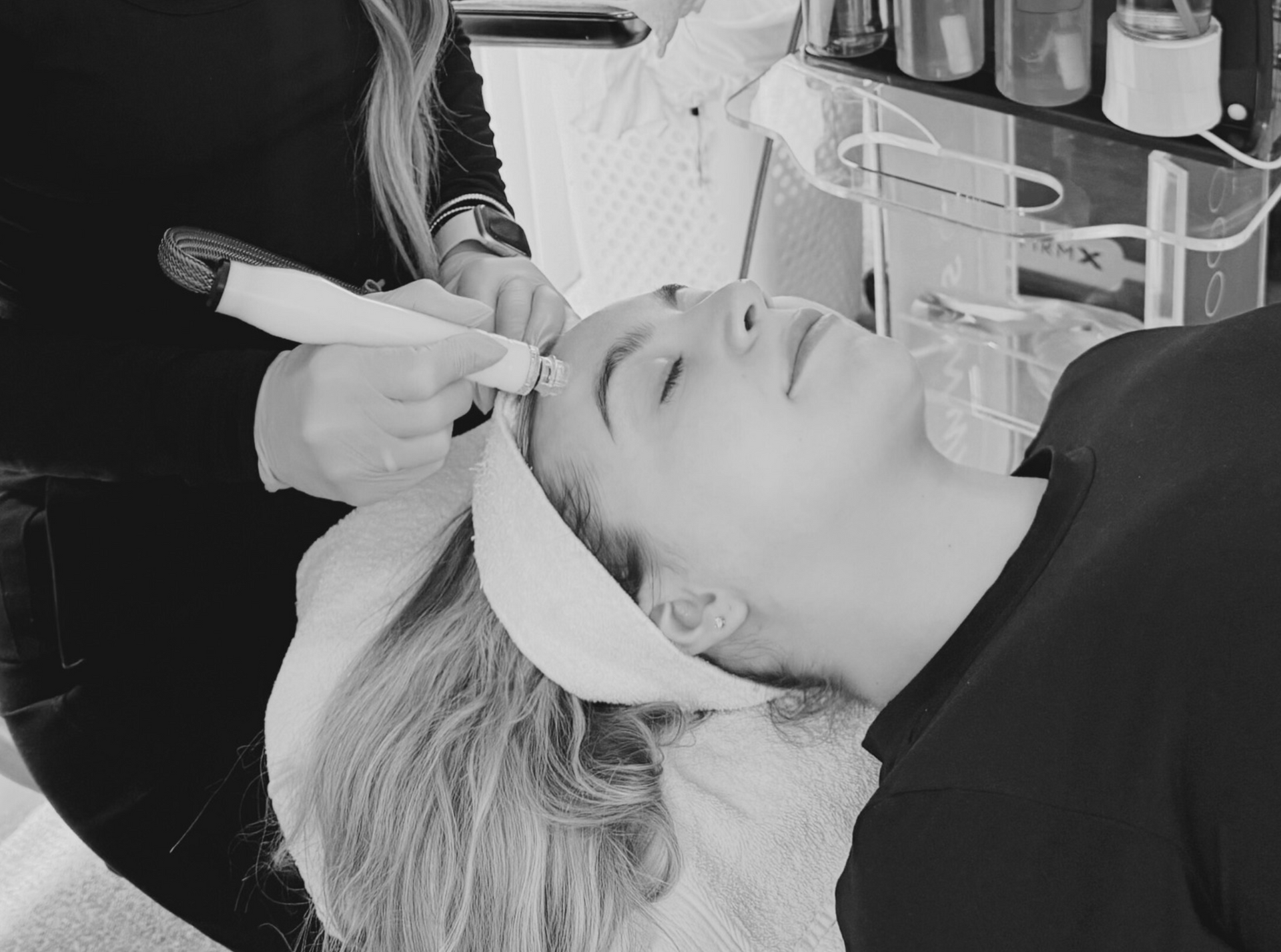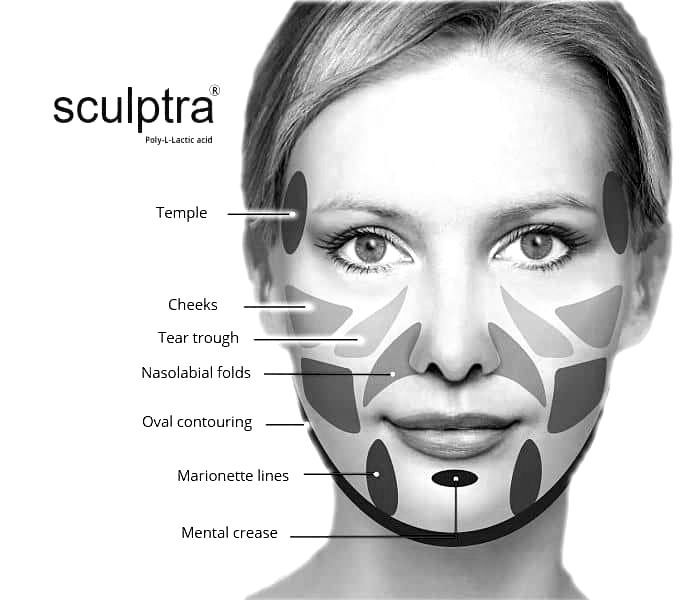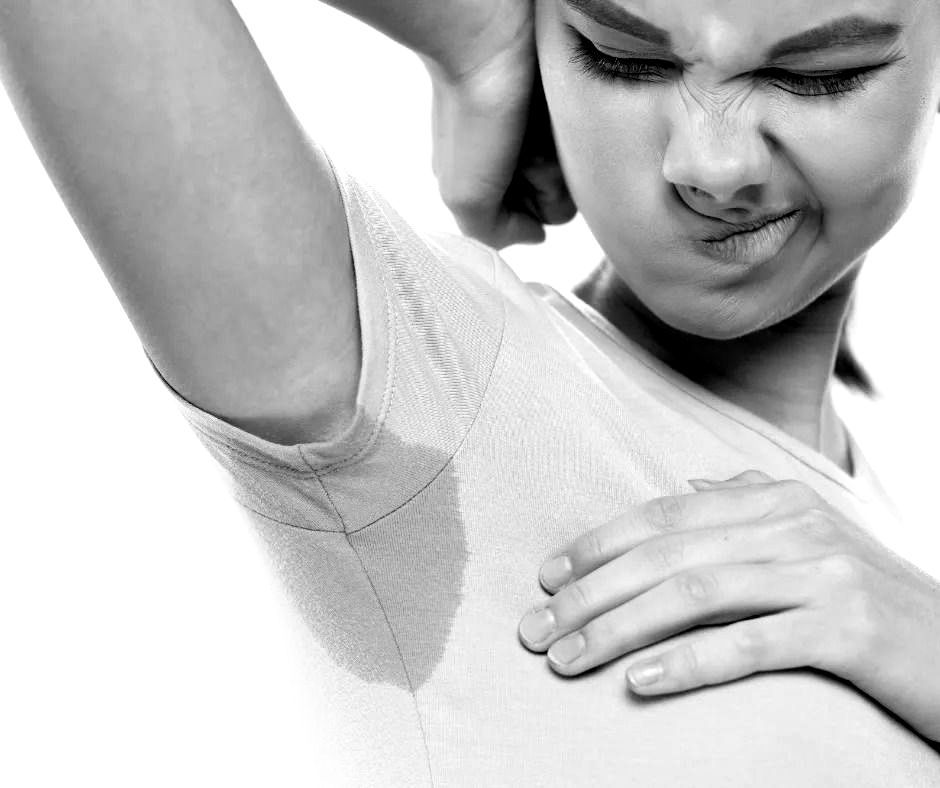Chemical Peels can change your skin forever! (In a good way)
Chemical Peels can change your skin forever! (In a good way)
Who wants brighter and healthier skin?
Performed by a skincare professional, chemical peels can address several skin concerns including acne, signs of aging, sun damage, and uneven skin tone.
Chemical peels are an important part of skin health and one of our most popular cosmetic procedures. They come in a variety of formulations and strengths. The appropriate peel is chosen after a thorough consultation to address specific concerns.
Let’s talk about different levels of chemical peels and how much “peeling or flaking” is involved. At Radiance, we refer to this as “down time” or time that your skin is healing. This will allow you to plan your peel at an appropriate time in your life schedule.
Peeling is exfoliation. When your skin peels or flakes after a treatment your skin is shedding dead or damaged surface cells and revealing new, healthy skin cells on the surface. This is called cell turnover. As we age, the skin cell turnover rate slows down. Supporting the cell turnover process with chemical peels is what allows the skin to shed dead cells and bring new, fresh skin to the surface.
The deeper the peel, the more extensive peeling. Each client experiences different levels of peeling for different lengths of time. This can depend upon skin type, resilience, type of peel and the number of layers applied. Some people experience ‘sheeting,’ when large portions of the skin peel off at once. More commonly, they experience moderate amounts of pieces of skin peeling or flaking off. Others experience only mild flaking similar to dry, winter skin or mild flaking after a sunburn. Sometimes the exfoliation is not visible. If you don’t peel, your skin is still exfoliating. In this case, the exfoliation is happening on a cellular level. Most see signs of peeling or flaking 48 hours after application of the peel and may last 2-7 days.
There are three levels of chemical peels:
Light (superficial) chemical peel remove the outer layer of skin (epidermis). These peels can be used to treat fine wrinkles, acne, uneven skin tone and dryness. This type of peel can be repeated as often as every two to five weeks — depending on your desired results or skin issue.
Medium chemical peels remove skin cells from the epidermis and from portions of the upper part of your middle layer of skin (dermis). A medium chemical peel can treat wrinkles, acne scars and uneven skin tone. This is done either in a series or 3-4 times per year.
Deep chemical peels remove skin cells from the epidermis and from portions of the mid to lower layer of your dermis. These treat deeper wrinkles, scars or precancerous growths. We do not perform deep chemical peels in our practice as these are performed by a doctor with sedation.
Here's where we may loose you... the science behind it. The solutions used in chemical peels fall into two categories of either water-soluble acids or oil-soluble acids. Water-soluble include alpha hydroxy acids (AHAs) and trichloroacetic acid (TCAs). AHA’s include lactic, glycolic, malic. Oil-soluble acids include beta-hydroxy acids (BHAs) such as salicylic. Some acids are both water and oil soluble, such as mandelic acid and resorcinol. AHAs have a less drying effect than BHAs on the skin.
At Radiance, we use light and medium depth peels regularly in our treatment regimen.
We offer chemical peels by PCA and Circadia. We do offer others but most often you will receive either of these types of peels in our office. The acids most commonly used in these peels include lactic acid, trichloroacetic acid, resorcinol , salicylic acid and jessner solution. The specific peel will be decided upon together to address concerns and to obtain the results desired. Chemical peels can be used alone or in combination with other procedures.
We suggest incorporating microdermabrasion or dermaplaning for a manual exfoliation, while the chemical peel works at the cellular level. This will allow for a more dramatic result. This is a basic overview of chemical peels. I am hopeful this will spark an interest and you will find the time to add chemical peels to your skincare regimen throughout the year. Your skin will thank you! Remember to always find a professional that is certified to perform chemical peels.
Are you ready to add chemical peels to your skincare regimen? Book a free consultation now!
Naturally Restored Volume & Refreshed Skin











